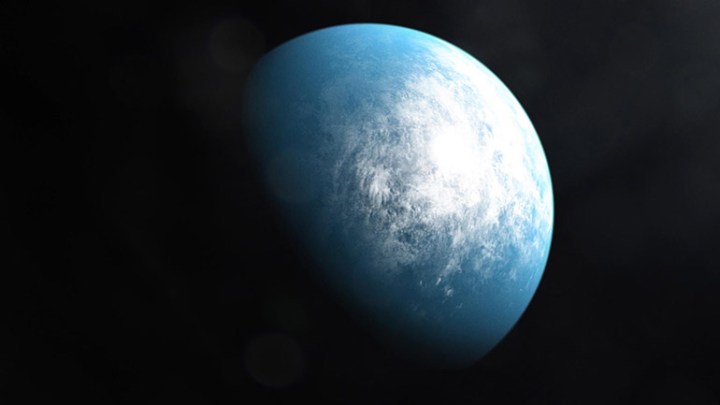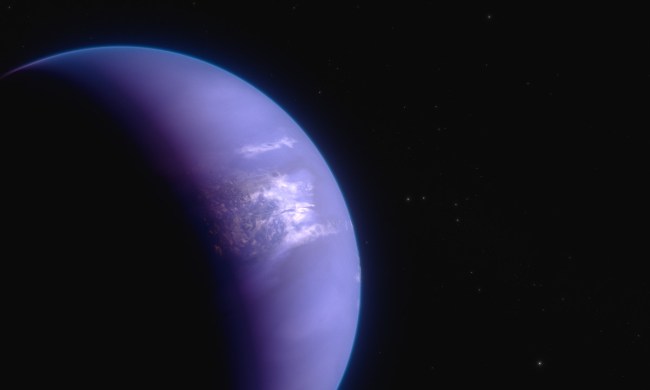
In the last decade, we’ve been able to peer out beyond the solar system and to discover planets in systems beyond our own, discovering over 4,000 exoplanets in total. The next challenge to understand these distant worlds is to learn about whether they might be habitable, as many will likely be outside the habitable zone in which liquid water could be present on their surfaces.
Now, new research aims to go beyond the concept of a habitable zone and to understand the habitability of exoplanets based on the geology of how planets are formed.
“We typically hope to find these planets in the so-called ‘goldilocks’ or habitable zone, where they are the right distance from their stars to support liquid water on their surfaces,” lead author Brendan Dyck, assistant professor of geology at the University of British Colombia, said in a statement.
But his research aims to go further. “Just because a rocky planet can have liquid water doesn’t mean it does,” he explained. “Take a look right in our own solar system. Mars is also within the habitable zone and although it once supported liquid water, it has long since dried up.”
A big aim for many exoplanet researchers is to find rocky planets similar in composition and size to Earth. “The discovery of any planet is pretty exciting, but almost everyone wants to know if there are smaller Earth-like planets with iron cores,” Dyck said.
To understand planets’ cores, the team looked for clues from planetary formation. Rocky Earth-like planets with iron cores typically have a similar proportion of iron to the star which they orbit, but how much of this iron is in the core versus in the mantle can vary. It is this core versus mantle issue which can determine the presence of water and whether a planet will have plate tectonics, which can be a key determinate of habitability.
“As the planet forms, those with a larger core will form thinner crusts, whereas those with smaller cores form thicker iron-rich crusts like Mars,” he explained. This knowledge of geology can be applied to planets outside our solar system to help narrow down potential candidates for habitable exoplanets.
“Our findings show that if we know the amount of iron present in a planet’s mantle, we can predict how thick its crust will be and, in turn, whether liquid water and an atmosphere may be present,” he said. “It’s a more precise way of identifying potential new Earth-like worlds than relying on their position in the habitable zone alone.”
The research is published in the Astrophysical Journal Letters.



